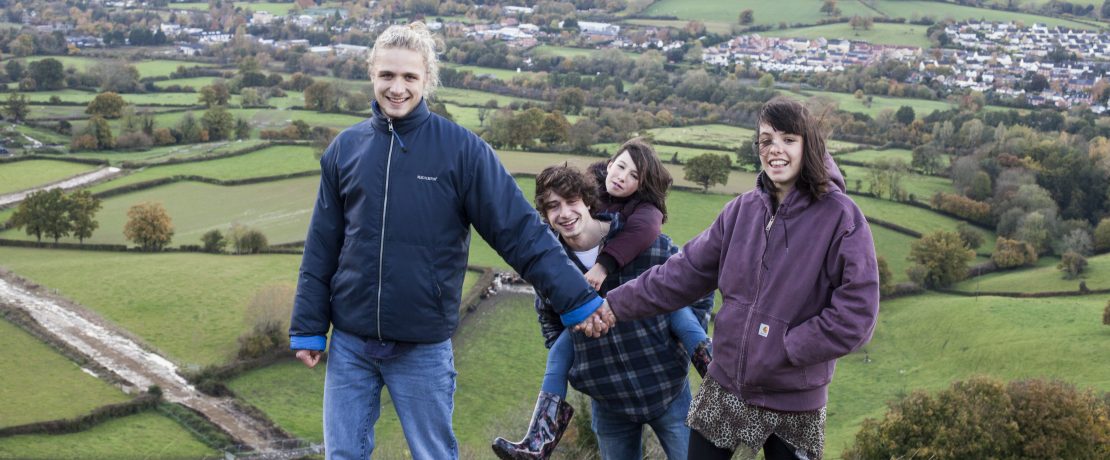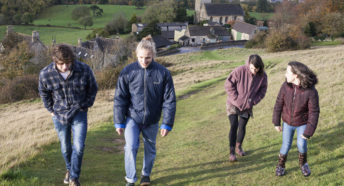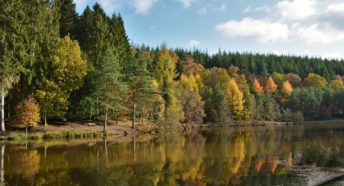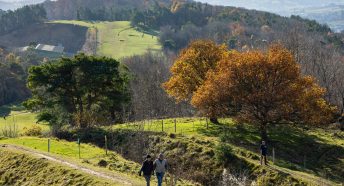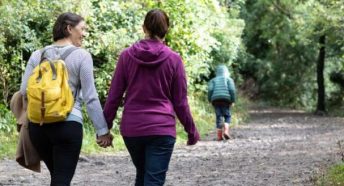Pressure on our Green Belts quadruples – just when we need our green spaces
Despite a surge in demand for time in green space, the Green Belt – the countryside next door for 30 million people – is facing extreme and sustained pressure, according to new research from CPRE, the countryside charity.
The annual State of Greenbelt 2021 report reveals there are currently 0.25 million (257,944) homes proposed to be built on land removed from the Green Belt – over four times as many (475% increase) as in 2013. With only one in ten considered affordable, these new homes will do little to tackle the affordable housing crisis.
This pressure is only set to increase under damaging changes to the planning system currently being considered by the government – the analysis reveals the new formula to determine housing supply proposed by the government could lead to at least a 35% increase in housing on the Green Belt. The report highlights a number of local case studies where increased pressure on Green Belts is leading to the loss of valuable open land for local communities.
This huge loss of countryside near where people live is in direct contradiction to overwhelming demand for access to quality time in green space and nature. A new poll, conducted by Opinium on behalf of CPRE, shows a surge in appreciation for local green spaces since the first lockdown, much of which are located in our Green Belts, and found that:
- Over two thirds (67%) of adults think protecting and enhancing green spaces should be a higher priority after lockdown;
- Nearly half (46%) reported visiting green spaces more since the start of lockdown – a dramatic 11 percentage point increase since April 2020;
- 59% reported they are more aware of the importance of these local green spaces for our mental health and wellbeing since lockdown.
Despite evidence that there is already enough space on previously used land (known as brownfield) and other land already granted planning permission for the government to reach its housing targets for the duration of this parliament, the upcoming changes to planning look set to further increase pressure on the Green Belt. The report lays out the consequences of this approach as only 10% of the developments planned for Green Belt land between 2015 and 2020 are considered to be affordable. On this trajectory, we risk losing ever more Green Belt while having no impact on the housing crisis and providing homes local communities are able to afford.
To make sure we protect and enhance the Green Belt while allowing for the genuinely affordable new homes that are sorely needed, CPRE is urging the government to put people and nature at the heart of the forthcoming Planning Bill.
